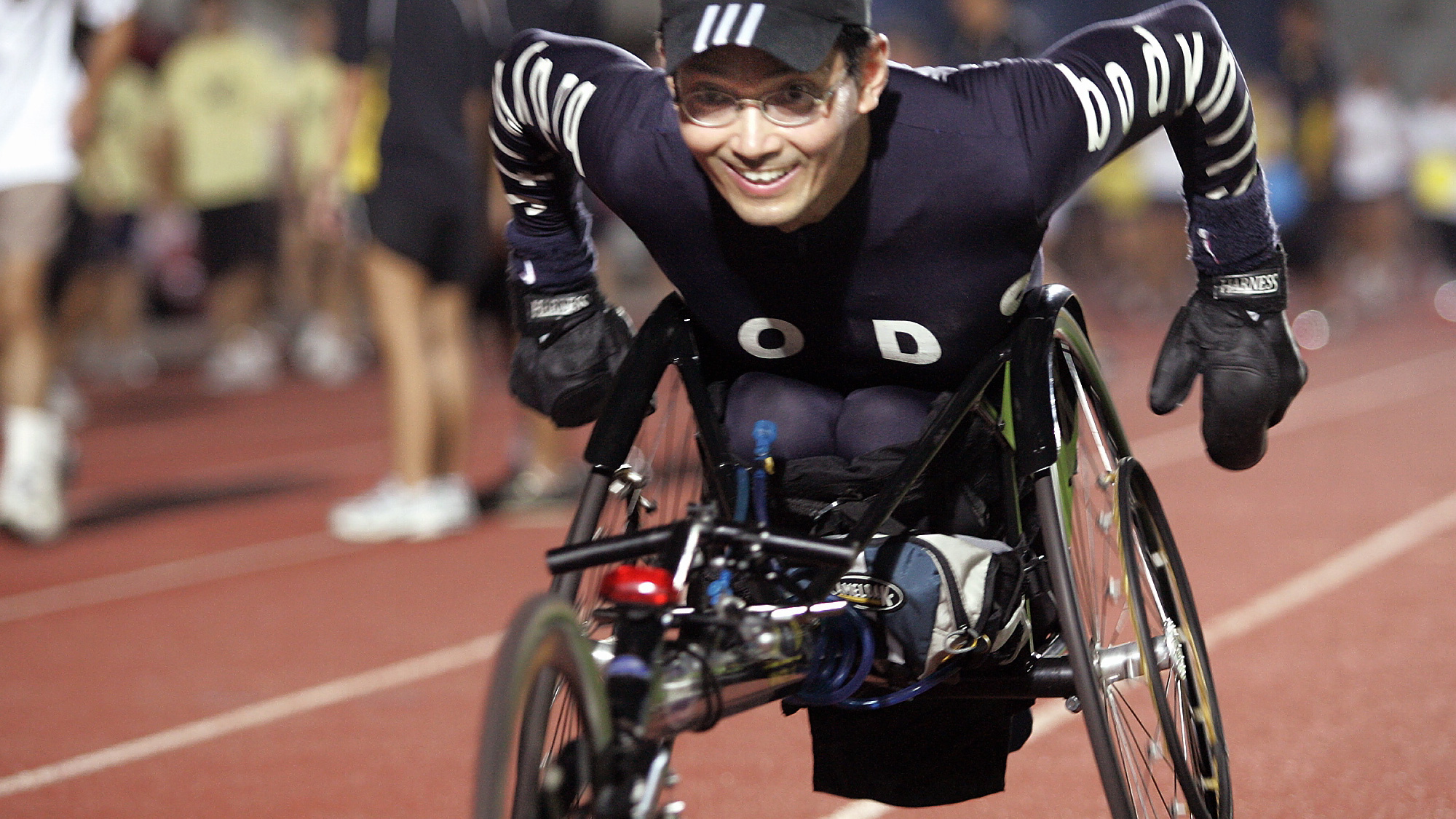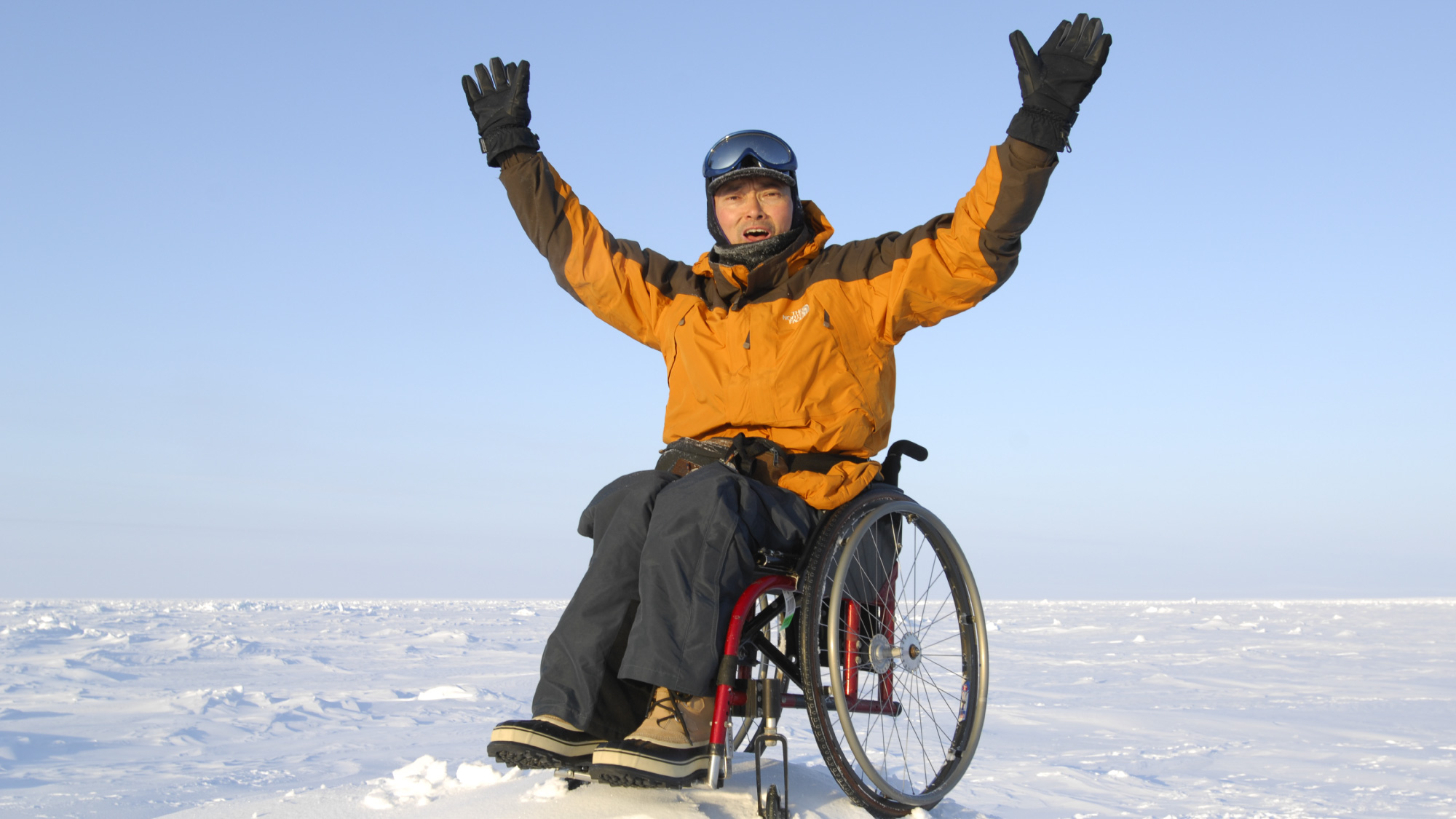Living on Life’s Second Lease
“No one in your family is compatible.” Dr William Tan vividly recalls hearing these words from his oncologist after his siblings had been tested as potential bone marrow donors. The long-time donor to NUS Medicine had undergone several bouts of chemotherapy for his Stage four chronic lymphocytic leukaemia, and now needed a bone marrow transplant. The words hit him like physical blows to the gut. However, after the initial shock, he realised that they were not strictly true because not all of his siblings had been tested. Susie, the second eldest sister among Dr Tan’s five siblings, had been his arch nemesis growing up and the two had fought often. Also, she was very thin, so appeared not to be a good prospect. Finally, after some deliberation, Dr Tan called his sister and explained the situation. She immediately agreed to be tested – and turned out to be HLA compatible, ie, she and her brother shared the same type of HLA protein on their cells, indicating that he could receive some of her cells with less risk of rejection by his immune system. The outcome of this dramatic turn of events was a successful transplant on Children’s Day (October 1) of 2009. Dr Tan joked that this was fitting because he felt like “a newborn child.”
Birth of a wheelchair athlete
Dr Tan’s successful transplant was just another challenge that he had overcome. Like too many Singaporean children in the 1950s and 1960s, he had not been vaccinated against polio because of the inconsistency of childhood vaccinations in Singapore at the time.
A bout of polio had then consigned him to a wheelchair for life. Undeterred, Dr Tan became a Paralympic wheelchair athlete, specializing in sprints, marathons and ultramarathons (any race longer than the marathon distance of 42 km). It was through his ultramarathons that he raised donations for several professorships at NUS Medicine, including the Parkway Professorship in Geriatrics, Chao Tze Cheng Professorship in Forensic Pathology, and the Viva-Goh Professorship in Paediatric Oncology.
The path to medical school
After his application to read Medicine at the University of Singapore (as NUS was then known) was not accepted, he completed a Bachelor’s in Science, followed by a Masters in Physiology and a PhD in Neuroscience. However, while a neurosurgical research fellow at the Mayo Clinic in the United States, he was inspired by a wheelchair-bound Chief of Neurology to rekindle his dream of becoming a doctor. Although he initially intended to apply to U.S. medical schools, he changed his mind upon talking to a visiting Australian neurosurgeon. After applying and receiving offers from a few Australian medical schools, Dr Tan chose the University of Newcastle because of its unusual self-directed, problem-based teaching approach, which included the opportunity to interact with patients early in the medical course.
Even after completing medical school and housemanship, Dr Tan’s plans for a career in rehabilitation medicine were forever altered by a series of unexpected events. Firstly, on December 1, 2006, former Ambassador-at-Large Professor Tommy Koh asked Dr Tan to return to Singapore, in part to champion the cause of the disabled. Dr Tan could not resist the opportunity to contribute to Singapore as a doctor and was all set to move back home and take up a post asa resident physician at the National Cancer Centre Singapore (NCCS).
What happened next not only changed Dr Tan’s career, it turned his life upside down. He had continued to compete in marathons over the years and decided to attempt the Paris marathon before taking on his new role at NCCS. However, during the marathon, he started bleeding profusely.
On his return to Singapore, the doctors gave him a daunting diagnosis: Stage 4 chronic lymphocytic leukaemia. He went through a period of disbelief and depression. From being a doctor with a promising future ahead of him back in his home country, he was now a cancer patient, and a very sick one at that. Everything came home to him at once. How he had struggled and persevered for so many years to qualify as a doctor, then the diagnosis of cancer just as he was about to embark on his long-cherished dream of becoming a doctor in Singapore. How his type of leukaemia was extremely

rare in Asians and in adults younger than 55, but he just happened to have a mutation in his genes that caused him to have abnormally low levels of P53, a protein that protects against many types of cancer. Against the odds, chronic lymphocytic leukaemia was now part of his reality — how did he get to be so “lucky”?
His dark night of the soul
A bleak period followed when the doctors tried out different treatment protocols for his leukaemia. They started him on the drug rituximab, but the first injection sent him into anaphylactic shock, causing his blood pressure to plummet and almost killing him. To tame his allergic response, his doctors switched from injecting the drug to slowly infusing it, and also gave him steroids. This helped with the side effects, but kept him awake and altered his temperament for the worse. His life revolved round the cycle of five days on-treatment, followed by a 3-week interval, then repeat. After his third cycle, he contemplated giving up because he felt so physically drained.
Two things kept him going. The first and most important was the immense support he received during his chemotherapy cycles, especially from his family, his future wife Stephanie and his 1975 classmates from Raffles Institution (including Professor John Eu-Li Wong and Drs Ngoi Sing Shang and Billy Tan). The second source of strength was remembering how he had persevered through the intense cold during marathons in the North Pole and Antarctica.
Into the light
Slowly, the wheelchair athlete found little ways to adapt (eg exercising with dumbbells, drinking Ensure and Prosure since he had no appetite for solid food on treatment days) that made him feel less unwell after treatment. Between treatment cycles four and five, he even managed to complete an 84km ultramarathon to raise money for NUS Medicine. Dr Tan feels a close affinity to his oncologists, Dr Koh Liang Piu (at the National University Cancer Institute, Singapore) and Dr Benjamin Mow (in private practice), who went out of their way to help him with his treatment.
One year after his transplant, Dr Tan was back in his beloved racing wheelchair, competing in Berlin, Seoul, and Japan. First polio and now cancer could not stop him from doing what he loved. That bone marrow transplant in 2009 helped to free him from the onerous chemotherapy regimen. “I felt that it [the transplant] was my second lease on life and, with that, I should live my life and do more.”
Doing more also included returning to medical practice in 2011 at NCCS. Again, he had to overcome obstacles such as convincing the Singapore Medical Council that he was in sufficiently good health to practice as a doctor. His first job as a doctor in Singapore involved looking after cancer patients who were undergoing chemotherapy, which he found very rewarding. However, in June 2016, he left for private practice to help support his brother and sister, who had both been diagnosed with cancer.
Dr Tan believes that, besides treating the body, encouraging the right mindset in patients is very beneficial. As someone who has never let illness or circumstances stop him from fulfilling his dreams, Dr Tan is himself a living example of the power of hope and a strong will. “Always embrace hope. Tomorrow will be a better day,” he says.

